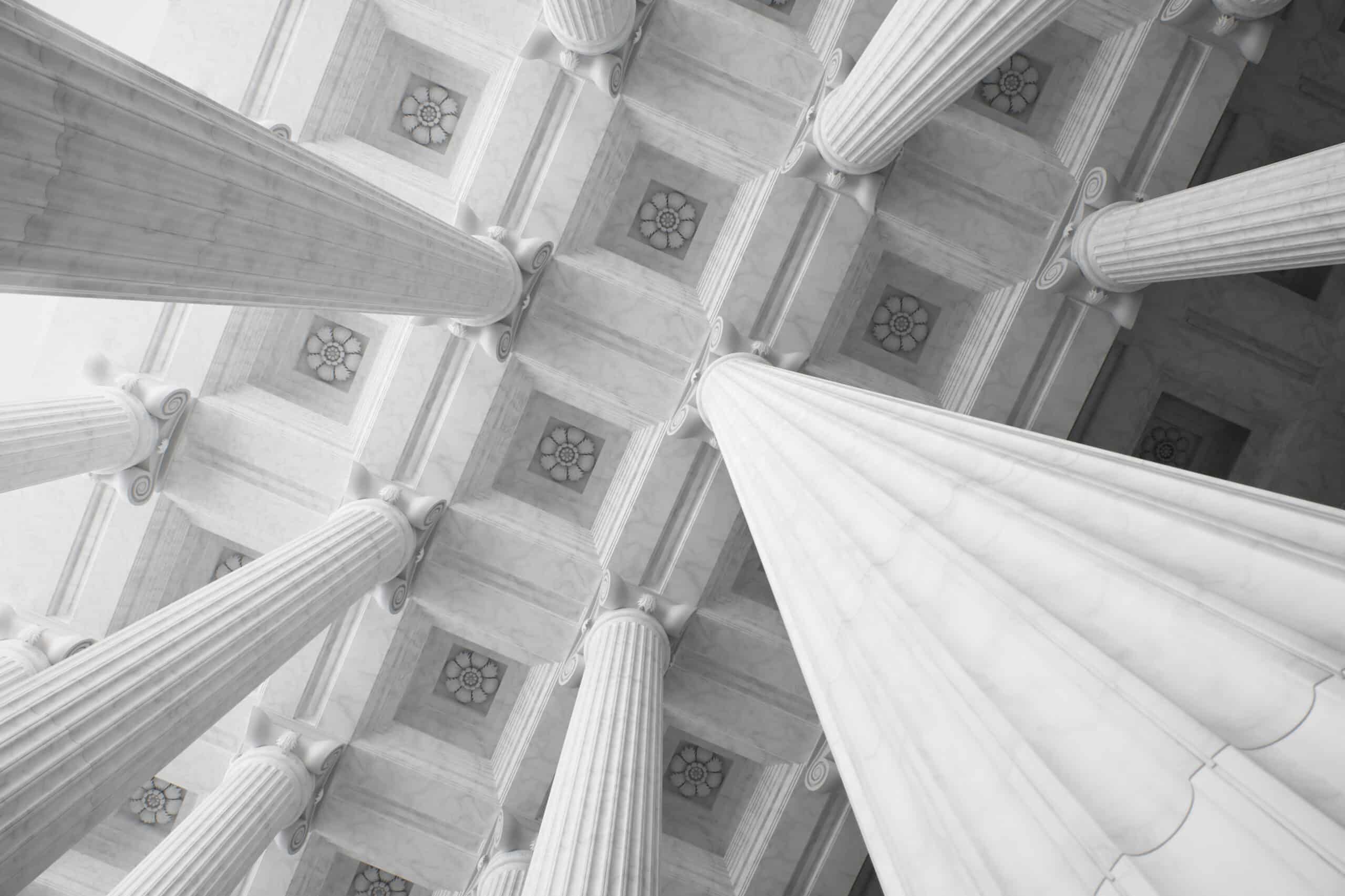
Request Free Consultation
To get answers to questions about your injury, contact Catalano Law for a FREE case evaluation. We’ll assess your case, explain your legal options, and recommend the next steps at no cost. We’re here when you need us.
Contact Form
General Contact Form

Slip-and-fall accidents can occur anytime, but Central New York’s unpredictable weather increases the risk. Rain, snow, ice, and hidden hazards like wet leaves or morning dew can turn everyday surfaces like sidewalks and parking lots into serious dangers. These conditions often catch people off guard, leading to preventable injuries.
If you’ve been injured, the Syracuse slip-and-fall lawyers from Catalano Law can help you explore your legal options and pursue compensation from property owners whose negligence led to your accident.
Weather Hazards That Lead to Slip-and-Fall Accidents
In regions like Central New York, the shifts in seasonal weather patterns contribute to slip-and-fall hazards throughout the year. Here’s how various conditions can impact walking surfaces:
- Rain: Rain can create slippery surfaces, increasing the risk of falls. After a heavy spring shower, sidewalks and store entrances may become slick, or water may pool in parking lots, creating hidden hazards.
- Snow: Winter snow often accumulates on walkways, hiding icy patches underneath. In particular, snow-covered sidewalks outside offices or homes can conceal ice, turning everyday paths into serious hazards.
- Ice: Ice forms on outdoor surfaces like stairs and parking lots, creating serious slipping hazards, especially during winter. Thin layers of ice in parking lots or on sidewalks can be especially hard to spot, causing pedestrians to slip.
- Fog: Fog, common in the fall, can leave condensation on surfaces such as metal stairs or ramps, making them slick. Outdoor stairs or sidewalks can quickly become slippery with moisture from fog, catching people off guard.
- Wet Leaves: Fallen leaves, especially in autumn, become slippery when wet, turning outdoor paths into dangerous surfaces. Wet leaves piled up on sidewalks after a rainy day can easily cause someone to lose their balance.
- Early Morning Dew: Dew can form on outdoor surfaces like wooden decks or sidewalks, making them slick before the day starts, especially on summer mornings.
Are Property Owners Responsible for Slip-and-Fall Accidents in Bad Weather?
Property owners, whether managing apartments, businesses, schools, or workplaces, are responsible for keeping their property safe for visitors. When seasonal weather creates hazards, they must take reasonable steps to address the dangers. This includes clearing snow and ice, salting walkways, and putting up warning signs in slippery areas.
If they fail to address these risks and a visitor is injured, the property owner can be liable under premises liability laws. Neglecting to maintain a safe environment, especially during bad weather, could result in legal consequences if someone is hurt.
Preventing Slip-and-Fall Accidents in Bad Weather
Property owners, managers, and staff must maintain safe conditions year-round. Here are a few ways they can reduce the risk of injury to visitors:
- Salting and Sanding Walkways: Property managers should regularly salt or sand walkways and stairs during winter to prevent ice from forming. Shoveling snow often leaves icy patches, so they must monitor and treat outdoor surfaces during freezing temperatures to keep areas safe.
- Installing Proper Drainage Systems: Parking lots and entryways should have proper drainage systems to prevent water from pooling during and after rain. Without adequate drainage, pedestrians can easily slip on puddles, especially in high-traffic areas.
- Providing Matting and Signage: Indoor spaces are equally susceptible to slip-and-fall hazards when wet weather conditions are present. Placing absorbent mats at entranceways and putting up “Caution: Wet Floor” signs during rainy or snowy weather can alert visitors to potential dangers.
- Clearing Wet Leaves and Debris: In the fall, property owners should regularly clear leaves and other debris from walkways. When left wet, these can become slippery and lead to accidents.
- Routine Inspections: Property owners should inspect walking surfaces regularly, particularly after storms or during the winter. Identifying problem areas where water pools or ice forms can help them take preventative measures.
Contact the Syracuse Slip-and-Fall Lawyers at Catalano Law
Property owners must maintain safe premises. When they fail to do so, you may be entitled to compensation. If you’ve been injured in a slip-and-fall accident due to unsafe conditions, the experienced personal injury attorneys at Catalano Law can help you with the claims process to secure the compensation you deserve.
Contact us today to get started.

